
-
Updating Roman Jakobson’s ‘Poetic Function’ with Vector Semantics
Read more: Updating Roman Jakobson’s ‘Poetic Function’ with Vector SemanticsKurzynski discusses how poetry extends beyond sound and rhythm and taps into a deeper network of meanings.


Kurzynski discusses how poetry extends beyond sound and rhythm and taps into a deeper network of meanings.
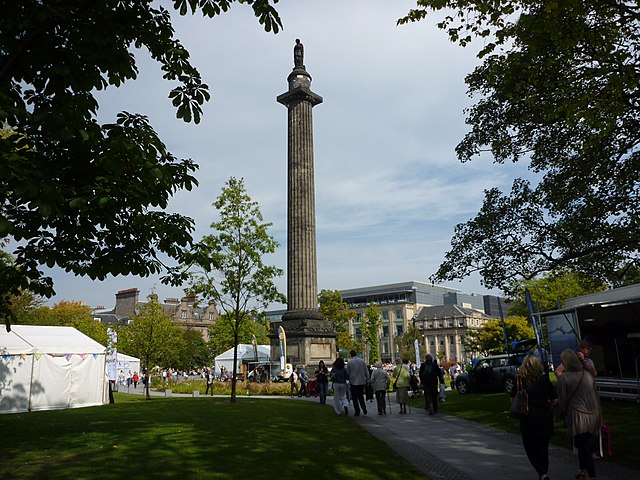
Stephen Mullen Missed Part 1 and 2? Read them here! Part 1Part 2 The Scottish Historical Review was the natural home for this article: based upon a Scot’s actions in parliamentary debates in the House of Commons and his role…
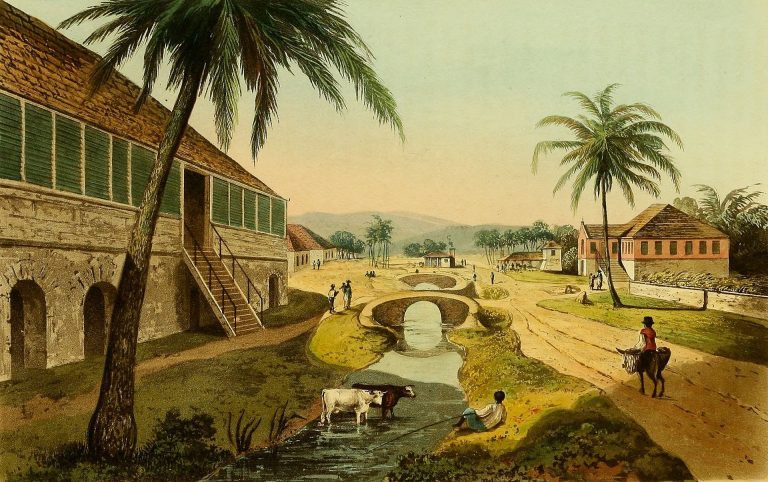
Stephen Mullen Missed Part 1? Read it here! I was a reluctant and unintentional scholar of Henry Dundas. Whilst examining the West India Committee records in the University of the West Indies, St Augustine in Trinidad in 2016, I stumbled…

Stephen Mullen Since 2016 or thereabouts, there has been considerable public discussion about the role of Henry Dundas (1742–1811) in the debates surrounding the abolition of the slave trade in the House of Commons after 1792. Dundas was the Lord…
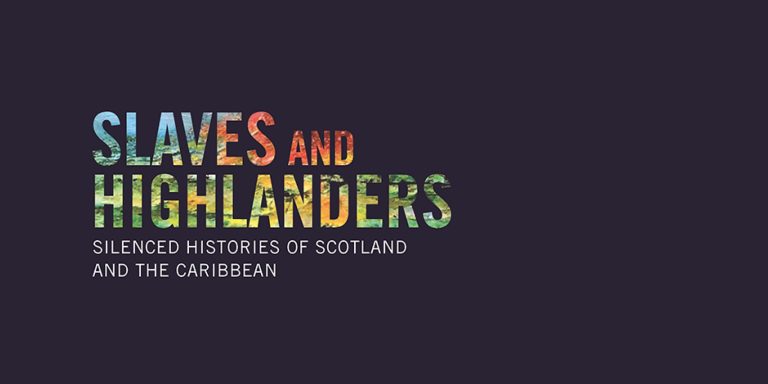
by David Alston Can you tell us a bit about the book? Slaves and Highlanders is an exploration of the role played by people from the North of Scotland in the slave trade and in the plantations of the Caribbean.…

In this interview, author and archaeologist Warwick Ball discusses his travels and research that led to his new book, The Eurasian Steppe. Can you tell us a bit about The Eurasian Steppe? The book started life many years ago as…
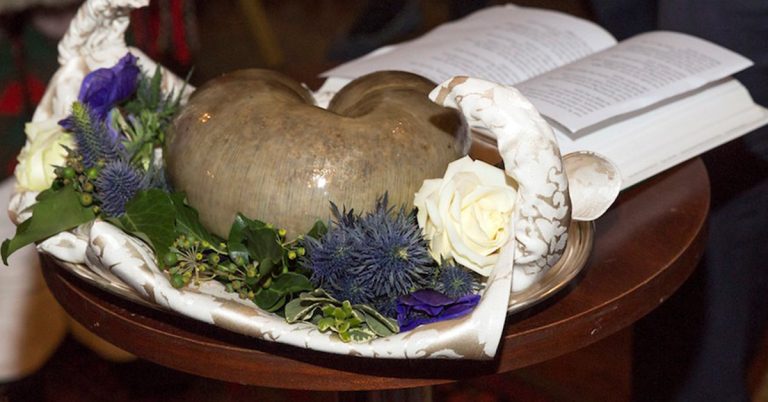
By Dr Paul Malgrati Over the past 220 years, the Burns Supper has become the quintessential festival of Scottish culture, identity, and gastronomy. Who would have thought, back in 1801 as nine admirers of Robert Burns held a private memorial…
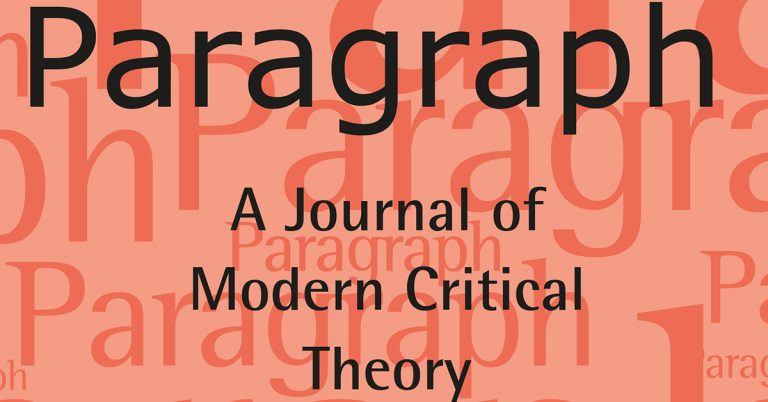
By Peggy Kamuf In tribute to Jean-Luc Nancy, whose death was announced in August, Peggy Kamuf looks back on a landmark special issue of Paragraph (‘On the Work of Jean-Luc Nancy’, Paragraph, Vol. 16, Issue 2) which she edited in…

by Shivan Mahendrarajah The Taliban are back in power, ushering in renewed fears of destruction of cultural heritages. Their first time in office (1996–2001), the Taliban destroyed edifices on the basis that they were ‘un-Islamic’ and/or ‘beacons’ for polytheists (mushrikin).…
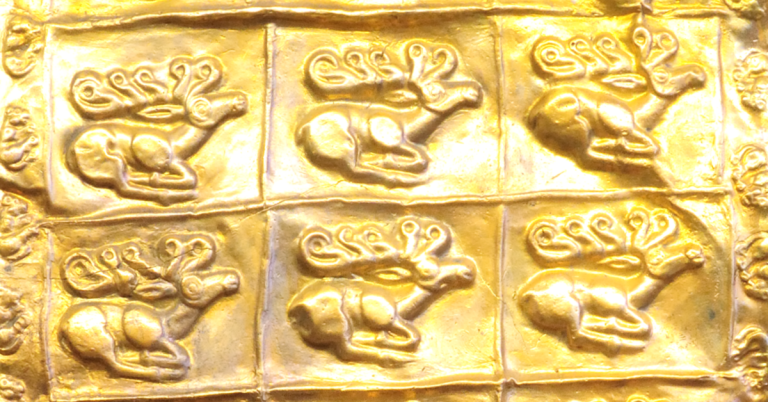
In this exclusive extract from chapter 6 of The Eurasian Steppe, author and archaeologist Warwick Ball explores the material culture of the nomadic Scythians, a cultural group that flourished in the Eurasian Steppe in the first millennium BC. What has…